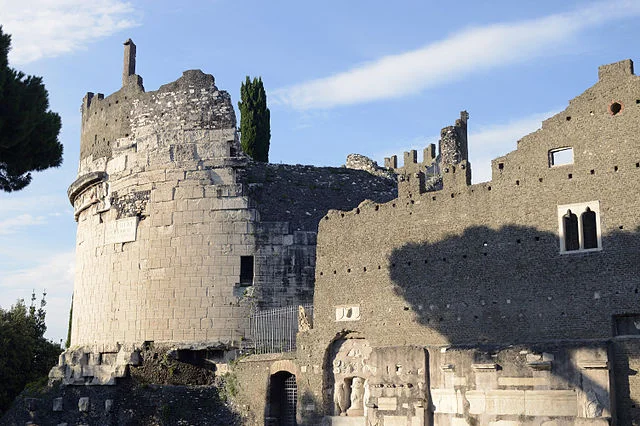The Tomb of Cecilia Metella is a well-preserved ancient Roman mausoleum that dates to the late Republic period. Located on the Via Appia Antica in Rome, this tomb stands as one of the most iconic and significant monuments along this historic road.
Get your dose of History via Email
Historical Background
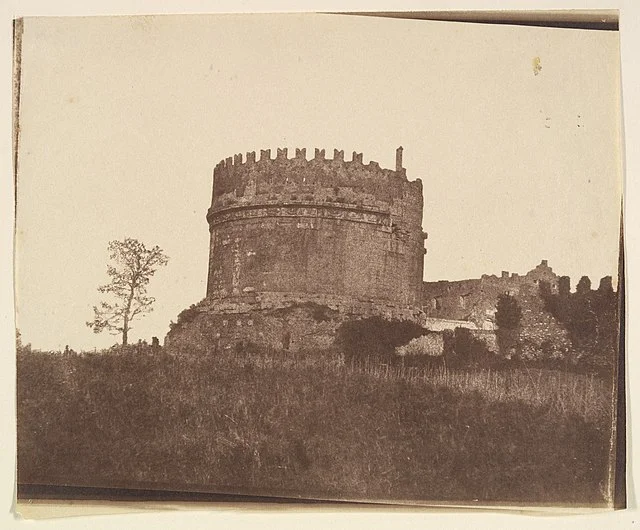
The tomb was constructed around 50 BC to honor Cecilia Metella, a member of a prominent Roman family. She was the daughter of Quintus Caecilius Metellus Creticus, a distinguished Roman general who earned his title by conquering Crete. Cecilia Metella’s marriage to Marcus Licinius Crassus, the son of the wealthy and influential triumvir Marcus Crassus, further solidified her standing within the Roman elite. Her tomb reflects the family’s wealth, influence, and dedication to preserving their legacy.
Architectural Design and Features
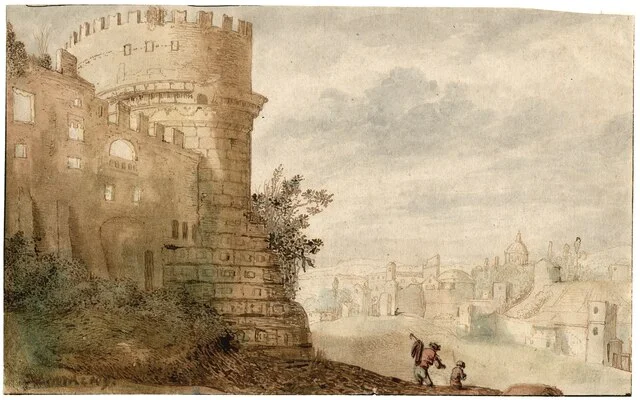
The Tomb of Cecilia Metella features a cylindrical tower-like structure, built from travertine and other stones. Measuring about 70 feet (21 meters) in diameter and 39 feet (12 meters) in height, it is one of the largest mausoleums from its time. The upper section is adorned with a frieze featuring motifs of skulls and garlands, symbolizing death and mourning. Such decorative elements reflect Roman artistic traditions and the importance of ritual in commemorating the deceased.
The structure rests on a square base, with the cylindrical drum rising above. Inside, a chamber held the sarcophagus of Cecilia Metella, though the exact placement and details of the sarcophagus have not survived. The simple, imposing design of the tomb reflects both Greek and Italic influences on Roman funerary architecture.
Strategic Location on the Via Appia
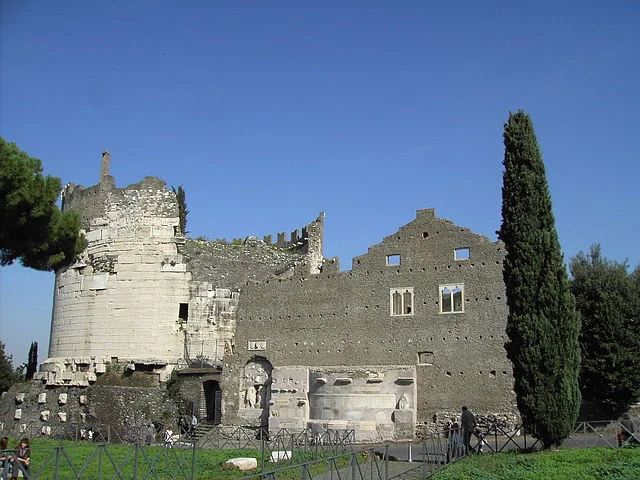
The location of the Tomb of Cecilia Metella on the Via Appia is significant. Known as the “Queen of Roads,” the Via Appia connected Rome to southern Italy and served as a major route for commerce, communication, and military movements. The tomb’s position near this road likely allowed Cecilia Metella’s family to project their status and honor her memory to travelers entering or leaving Rome.
Later Use and Modifications
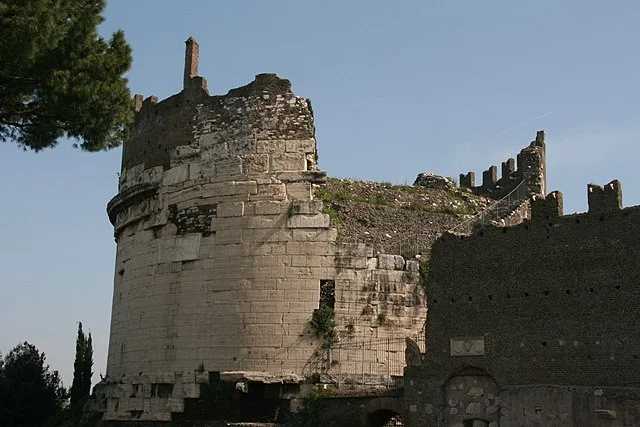
Over the centuries, the tomb underwent various modifications and adaptations. During the Middle Ages, it was incorporated into the defensive structures of the Caetani family, powerful nobles who fortified it into a castle. This adaptation included the addition of battlements, which gave the tomb a new role as a watchtower. While these modifications altered the tomb’s original form, they also helped preserve it, allowing it to withstand time and conflict.
Archaeological Significance
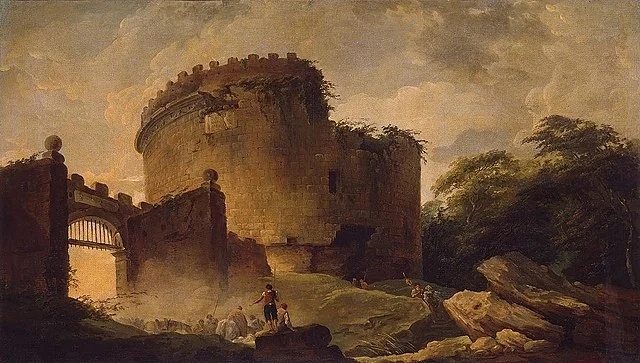
The Tomb of Cecilia Metella is one of the best-preserved Roman mausoleums, offering insights into Roman burial practices, social hierarchy, and architectural design. Archaeologists and historians have studied its structure and inscriptions to understand the funerary customs of Rome’s elite during the late Republic period. The tomb also highlights the Romans’ skills in engineering and use of durable materials like travertine, contributing to the longevity of their monumental architecture.
Cultural Impact and Legacy
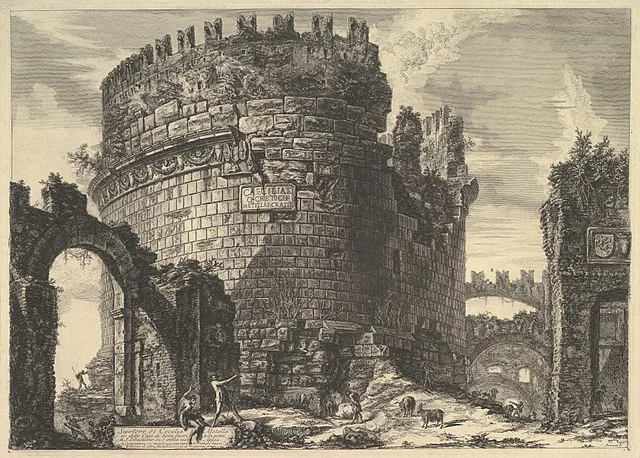
The tomb has inspired artists, poets, and scholars for centuries, symbolizing the grandeur of ancient Rome. Visitors and historians have long admired its solid form and simplicity, which reflect the enduring influence of Roman architecture. The tomb also demonstrates how monuments can serve multiple roles across history, shifting from a personal memorial to a defensive stronghold, and eventually becoming a heritage site.
Conclusion
The Tomb of Cecilia Metella remains a remarkable example of Roman monumental architecture. It stands as a testament to the social and architectural priorities of Rome’s elite in the late Republic. Today, it continues to attract researchers, historians, and visitors, preserving the memory of Cecilia Metella and offering a window into the world of ancient Rome.
Source:

